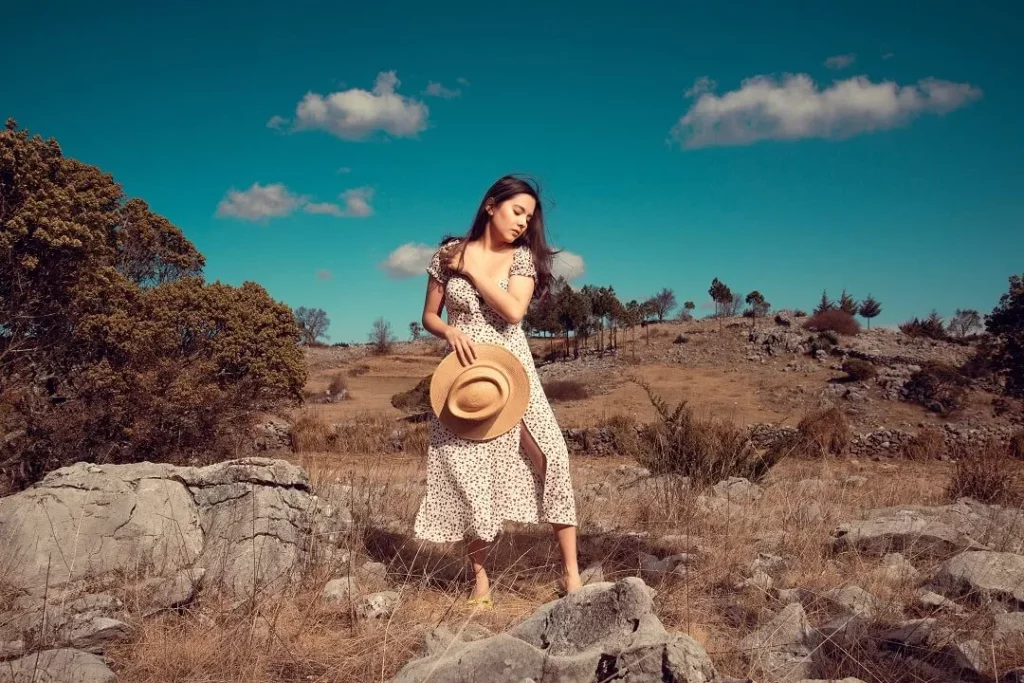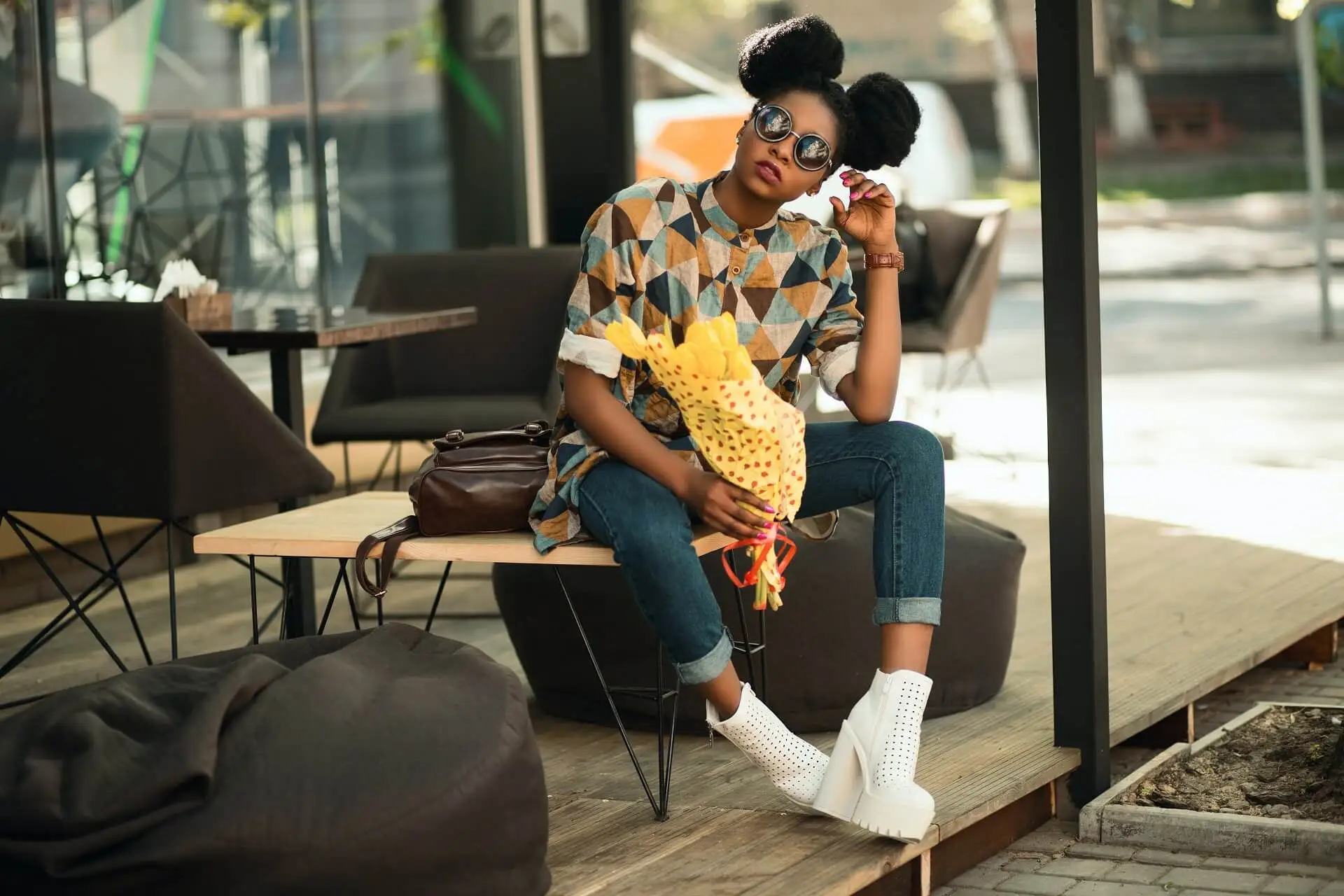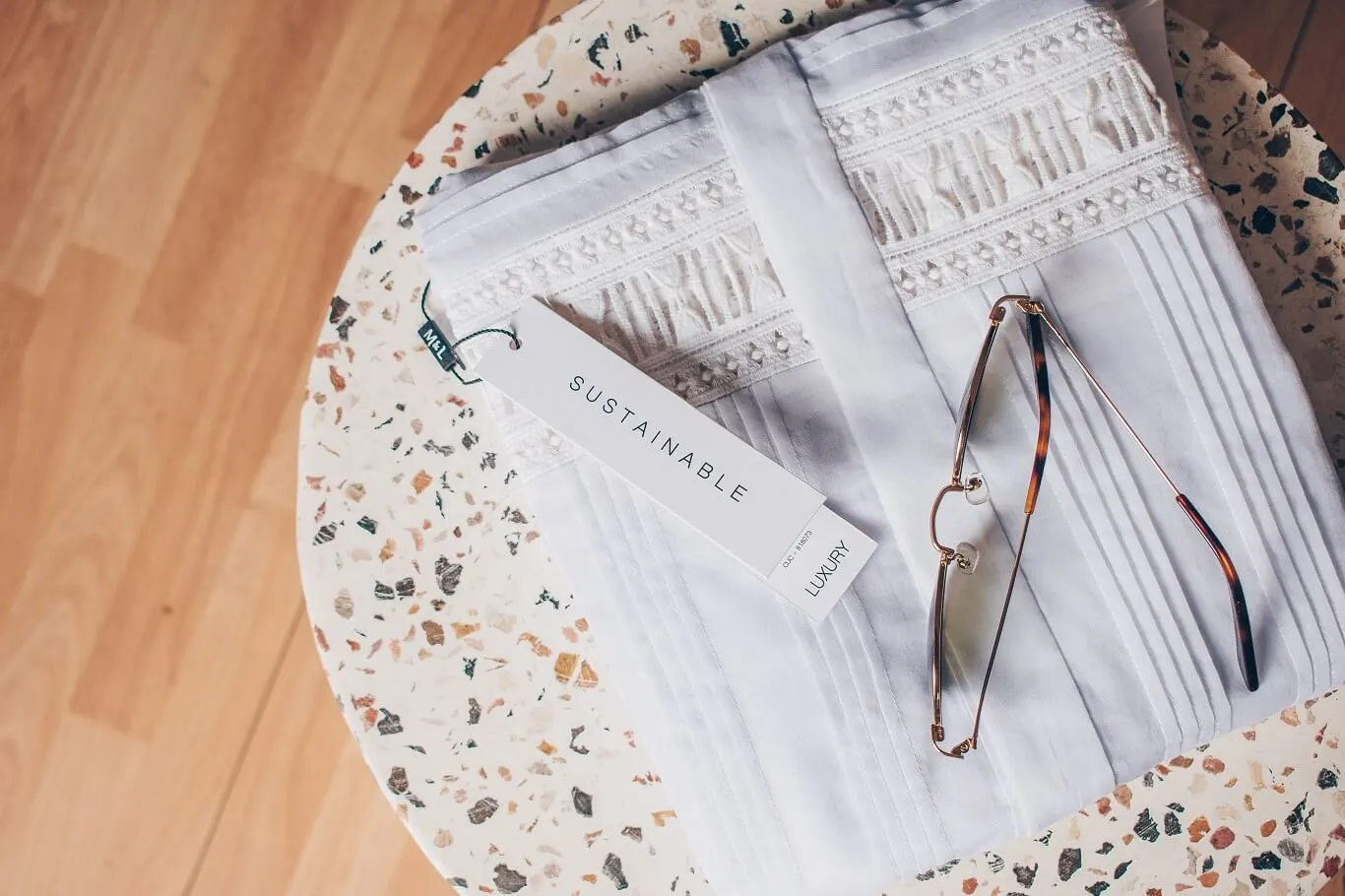The fashion industry, a vast entity, continues to exert a powerful influence on global cultures and economies. In 2017, McKinsey reported that the industry is worth a staggering $2.5 trillion. Correspondingly, Euromonitor International predicted a retail value of nearly $3 trillion by 2022 for the apparel and footwear segment alone. Fast forward to 2023, and the industry’s progress has been phenomenal. The push towards sustainability and ethical production has propelled new brands to prominence. The rapid rise in online shopping due to the pandemic is another factor that has changed the scenario. Additionally, the incorporation of technology such as virtual fitting rooms and AI-powered personalization has further empowered the market. Overall, it is projected that with a growing consumer base for innovation and responsibility in fashion, the value of the industry will continue to grow.
Delving Into the Past: The History of Fashion Fusion
Delving into the rich tapestry of history, fashion fusion emerges as a timeless aspect of the industry. In fact, there is a long pedigree of mixing diverse styles and elements.
Silk Road Era
Think back to the ancient days, when trade routes like the Silk Road played an important role in the fusion of cultures. Through these trade networks, a wide range of fabrics, patterns and designs spread across continents. The Silk Road, in particular, was a symbol of this cross-cultural exchange, as luxurious silks from China, ornate textiles from India, and spices and gems from different countries mingled.
Victorian Effect
Jump ahead a bit to the Victorian era, where fusion in fashion became even more prominent. During this period, the colonial exploits of the British Empire brought much foreign inspiration back home. Indian muslins, chintz and oriental silks became very popular. Indian saris and Japanese kimono influenced the silhouette and clothing. Accessories such as Indian turban headgear and oriental fans were also favored by the fashion conscious.
Birth of Modern Fusion
As we approached the 20th century, the world got smaller with advances in travel and communication. Here, fashion fusion began to develop rapidly. Traditional clothing was juxtaposed with modern designs, and vice versa.
The Fabric of Fusion: Key Elements
As we delve into the core of fashion fusion, it becomes imperative to examine the threads that are woven together to create this fascinating tapestry. Three important components underpin the essence of fashion fusion: traditional wear, innovative silhouettes, and eclectic accessories.
Traditional Textiles and Patterns: A Cultural Saga
At the heart of fashion fusion lies the embrace of traditional fabrics and patterns. These materials are much more than clothing; They describe the rich cultural stories and traditions of various societies. For example, Ghana’s vibrant kente cloth reflects the country’s history and values. Meanwhile, the delicate silk used in traditional Japanese kimono is a symbol of elegance and craftsmanship. Incorporating these fabrics into contemporary fashion adds depth and significance to the attire.
Silhouette and Construction Techniques: Creating a New Aesthetic
The next step is a mix of different silhouettes and construction techniques. This fusion often involves blending western cuts with eastern designs, and the result is an edgy aesthetic that is neither entirely eastern nor entirely western. For example, a structured blazer can be combined with the fluidity of a traditional Indian sari, resulting in an ensemble that exudes a unique East-meets-West charm.
Accessories and Jewelry: The Last Step
Accessories play a vital role in complementing and enhancing the fusion look. Whether it’s the bold, statement-making neckpieces from Africa or the intricate, delicate motifs prevalent in Asian jewelry, accessories are the cherry on top of a delectable fashion sundae. She has the power to transform a simple outfit into a fabulous outfit that speaks volumes.
Dressed in Culture: Case Studies
As we explore the mesmerizing world of fashion fusion, it’s interesting to examine real-life examples that have made their mark in the industry. These case studies highlight how designers ingeniously mix elements from different cultures to create apparel that is both stylish and symbolic.
A Tale of Two Cultures: The Saree Gown Magic We kick things off with the saree gown, an absolute stunner. This head-turner is what happens when the age-old Indian saree gets an upgrade with a dash of western evening gown finesse. Picture this – the saree, an emblematic Indian attire that drapes regally around the body, decides to shake hands with the western evening gown, known for its poised sophistication. The offspring? The saree gown! It’s no wonder that this charming attire is not just making waves in the fashion circles but also becoming the go-to choice for celebrations and celebrity events.
Fusion from the East: Kimono’s Timeless Elegance Next up is the inimitable impact of the Japanese kimono on western wear. Let’s dive into this a bit – the kimono, with its elaborate patterns and sumptuous fabrics, is a traditional Japanese wardrobe staple. Western designers, with their finger on the pulse, realized the potential and have been playing mix and match with kimono textures and motifs, injecting them into present-day styles like dresses and tops. This marriage has birthed a new breed of designs that echo the serene grace of the Japanese artistry, spiced up with a modern edge.

Modern Threads: Fashion Fusion in Today’s Global Market
In the ever-evolving tapestry of the fashion industry, fusion fashion is making its way into the mainstream. In today’s interconnected world, globalization and technology play an important role in bringing different cultures closer together. This convergence has increased the appetite for fashion that celebrates diversity, and both consumers and designers are eagerly adopting the trend.
Consumer Appetite for Variety
First and foremost, let’s talk about the consumer. The modern consumer isn’t just looking for clothing; They are looking for a story and an identity. People are increasingly drawn to unique items that reflect cultural diversity, as it adds depth and richness to their wardrobe. In the age of social media, where everyone’s fashion choices are on display, wearing something that reflects a mix of cultures can be a powerful statement.
Major Brands are Paying Attention
Major fashion retailers such as Zara and H&M have taken note of the trend. Known for their fast fashion models, these brands have started incorporating fusion elements in their collections. For example, Zara’s collections sometimes include traditional embroideries and patterns from different cultures. H&M has launched collections that combine contemporary western styles with ethnic prints and materials.
A Booming Market
Fashion fusion isn’t just a creative endeavor; It’s also a smart business move. By taking advantage of this trend, brands are accessing a market worth billions. With a growing global population open to culturally diverse fashion, this market is only expected to expand.
Looking Forward: The Future of Fashion Fusion
As we cast our eyes on the horizon, it becomes clear that fashion fusion is not just a passing fad, but a dynamic movement that is set to continue to evolve. In the future, we can expect to see fashion fusion evolve with the increasingly important concept of sustainability. Additionally, collaboration between designers from around the world will be key in creating culturally respectful and creatively inspired fusion pieces.
Sustainable Mix
An emerging development is the incorporation of sustainability into fusion fashion. This is not surprising given the growing consumer awareness of environmental issues. Expect to see an amalgamation of culture-specific eco-friendly materials, where traditional clothing made from sustainable resources is combined with modern, eco-friendly alternatives. This not only results in unique pieces, but also contributes to the global effort to reduce the environmental impact of the fashion industry.
Collaboration Across Borders
Another interesting aspect is the international collaboration between the designers. As the world becomes more interconnected, there are more opportunities for designers from different cultural backgrounds to work together. This global partnership is vital in ensuring that Fashion Fusion respects the cultural integrity of the elements it embraces. Through collaboration, designers can learn about the cultural significance of different fabrics and styles, ensuring that their creations are not only stylish but also culturally aware.
Stitching it Together: Conclusion
Fashion fusion is the tapestry of modern fashion, woven with threads from around the globe. In an increasingly connected world, it celebrates diversity and showcases the richness of cultures through apparel. With sustainability as the needle guiding the thread, fashion fusion is sewn into the very fabric of the future.







